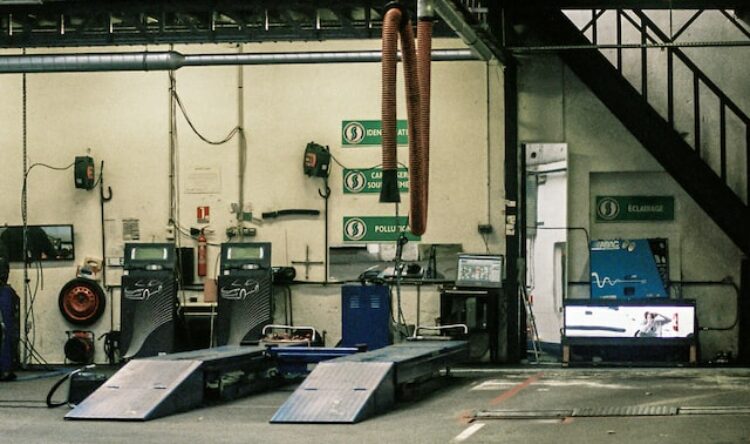Road deaths on an upward trend
New analysis finds that the proportion of crashes resulting in death are on the up
New analysis reveals road collisions resulting in death or serious injury are on the rise in the UK.
Churchill Motor Insurance has analysed the latest data between 2018 and 2020.
There were more than 223,000 road traffic incidents across the country. Over this timeframe, the number of incidents resulting in death or serious injury increased from 24% to 28%. This equates to 43 more serious events per 1,000 collisions.
Data recorded by attending police officers reveals the most common contributing factor for a collision is driver error or reaction. This was cited in two thirds (66%) of the police reports.
Blame the driver
When looking deeper into the data the it concludes that driver behaviour or inexperience are behind the crashes. This covers the driver failing to look properly, failing to judge another person’s path or speed, and taking a poor turn or manoeuvre. These represent being a major contributing factor being cited in 23% of incidents.
Following on from this comes by injudicious action. These are illegal behaviours such as exceeding the speed limit, disobeying traffic signals, or performing illegal manoeuvres. Injudicious actions are responsible for 20% of incidents.
External factors, such as vehicle defects (2%), vision being affected by external factors (10%) and road environment (12%) are less likely to contribute to accidents than factors within the control of the motorist.
Table one: Types of contributing factors leading to road traffic accidents, 2018-2020
| Cause group | Number of accidents in which this is a contributing factor | Share of accidents in which this is a contributing factor |
| Driver/Rider error or reaction | 148,005 | 66.1 per cent |
| Behaviour or inexperience | 51,817 | 23.2 per cent |
| Injudicious action | 45,679 | 20.4 per cent |
| Impairment or distraction | 34,918 | 15.6 per cent |
| Road environment contributed | 26,189 | 11.7 per cent |
| Vision affected by external factors | 23,127 | 10.3 per cent |
| Vehicle defects | 3,920 | 1.8 per cent |
Source: Churchill Motor Insurance, 2022
The nitty gritty
Looking at specific causes of accidents, failing to look properly contributed to nearly 83,000 (37%) collisions over the past three years. This is followed by failing to judge another person’s path or speed (19%). Careless, reckless, or hurried driving account for 16%, while a a poor turn or manoeuvre 12%.
The top five is completed by loss of control, which contributed to 11% of road traffic accidents.
Table two: Top five accidents contributing factors according to number, share and comparative risk of death or serious injury, 2018-2020
| Cause | Group | Number of accidents in which this is a contributing factor | Share of accidents in which this is a contributing factor |
| Driver or rider failed to look properly | Driver/Rider error or reaction | 82,944 | 37.1 per cent |
| Driver or rider failed to judge other person`s path or speed | Driver/Rider error or reaction | 43,502 | 19.4 per cent |
| Driver or rider careless, reckless or in a hurry | Behaviour or inexperience | 36,313 | 16.2 per cent |
| Poor turn or manoeuvre | Driver/Rider error or reaction | 26,651 | 11.9 per cent |
| Loss of control | Driver/Rider error or reaction | 24,603 | 11.0 per cent |
Source: Churchill Motor Insurance, 2022
Walking into trouble
Churchill Motor Insurance is also highlighting the risks pedestrians face while using the roads. Pedestrians are most likely to be involved in incidents for not looking when crossing the road, crossing on a red light, tripping/falling into the road, or dropping hazards in the road. This may explain why the Highway Code has introduced a new hierarchy of the road to prioritise pedestrians to improve road safety.
Nicholas Mantel, Head of Churchill Motor Insurance, says: “The rising number of incidents on our roads leading to death or serious injury is deeply concerning. We know the main causes of these incidents are often down to errors and poor reactions, something that could easily be prevented.
“Avoiding alcohol consumption, getting a good night’s sleep, and focusing on the road rather than multi-tasking, can all help motorists have safer journeys and reduce these risk factors. If all road users just take a few extra seconds to check around them for potential hazards, our roads will be a safer place for all.”





